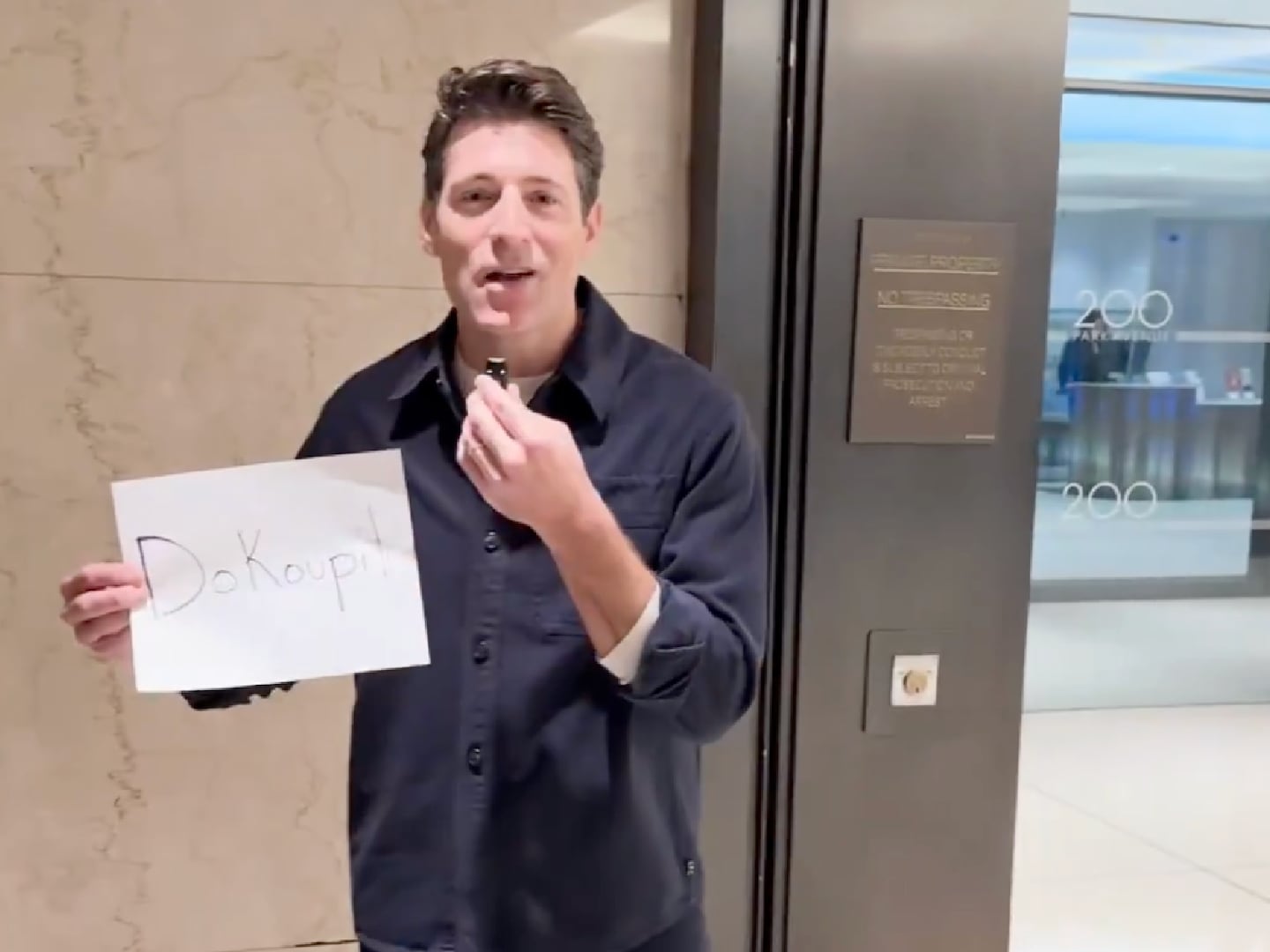Many of us don’t need to come up with original New Year’s resolutions—we can simply use our list from last year. Most lists include a resolution to be “healthier”—exercise more, eat less, spend fewer hours on the couch—a commitment most individuals tend to follow religiously during the first couple of weeks of January, less so toward the end of the month, and eventually not at all when it comes time for that “what the heck” dinner.
Understanding WHY we fail can help us construct a plan that will actually increase our chances of sticking with these resolutions. The main points to consider are the psychology of self-control, the power of habits, and the effectiveness of establishing clear behavioral rules. And perhaps most importantly, making the process fun.
Let’s start with the notion of self-control, or willpower, and why I focus on exercising rather than dieting. The type of self-control needed for dieting is very different from that needed for exercising. It is easier to start a diet than to start exercising. As Dr. Timothy Church put it, “It’s much easier to cut 500 calories than to spend an hour in the gym burning 500 calories every day.” True. To start exercising, you need to commit the time, find the right gym or class, get over the embarrassment of not being as fit as everyone else there, and work your way up to exercising at a reasonable level. To start a diet, you “simply” need to use some self-control and have a lighter breakfast.
However, dieting is easier only in the short run. To maintain your diet, you need to exert self-control. Nonstop! Even if you have been working hard to be “good” for 10 hours a day, giving in to a small temptation, say, a dessert, would undermine all that hard work. By contrast, exercising requires you to commit your willpower for only a short, well-defined period of time. Hence, in the long run, dieting requires the use of much more self-control than exercising.
In a series of research studies, Roy Baumeister and colleagues show that exerting self-control causes people to suffer from depletion. Think of your brain’s store of self-control as a muscle: after you use it, it becomes tired and more difficult to use. Importantly, after using self-control to resist one temptation, your brain has less energy to resist the next one. When we diet, we face endless temptations that we constantly need to overcome. At some point, we become depleted—the self-control “muscle” is tired and we can no longer resist. Although exercising once a day may require willpower, it does not require the constant use of self-control. In turn, the self-control muscle is allowed to recover in preparation for the next day.
The second psychological element we discuss is the power of habits. Gary Charness and I ran a field experiment in which we paid students to go to the gym for a month. Not surprisingly, when we looked at how often this group exercised compared to other students who weren’t paid, we found that they were more likely to visit the gym. What happened once we removed these incentives? The students we had been paying to go to the gym were more likely to keep going, even after we stopped paying them—the incentives were effective in getting them into the habit of regular exercise, and then they stayed in motion.
There could be many reasons for such habit formation. Maybe they freed time in their schedules, found a friend to go with, or discovered some activities that they liked doing while exercising. But the bottom line is clear: there is a great benefit in getting started and forming a habit, even when initially it feels unnatural.
The final piece of making resolutions work is establishing behavioral rules. As humans, we spend a lot of time negotiating with ourselves and trading off costs and benefits that eventually lead to our decisions. Deciding to refrain from such negotiations can help you—and even save your life. Consider a very serious example: texting while driving. Each time we think to ourselves “the road is clear, it’s not going to be a problem,” or “this one is really important,” we are negotiating the costs and benefits with the voice in our head that tells us texting while driving is really stupid. The costs we consider might be a cop who tickets us or the potential missed turn that sends us off the road; the benefits are… ? In 2012, an estimated 5,000 people died in the United States because their cost-benefit analyses suggested they should text while driving. How can we prevent ourselves from joining this statistic? Simply have a rule—I will not touch (or look at) my phone while driving. That is one decision—call it a rule—I will follow regardless of the temptations. I decide not to decide. No ifs, ands, or buts.
Leaving your cell phone on in the car or within reach is too tempting—you’ll hear it buzz with a new text message and have to look. To make your rule even more effective, shut your phone off when you enter the car, or leave in the backseat, out of reach.
This principle can be applied to exercising. Without a rule, you’ll need to make a decision to exercise each and every day. Some days you will surely come up with reasons (some of which will be valid) why you shouldn’t exercise. But the slippery slope is quite steep: a few days without exercise can easily break the habit you have developed over months of hard work. Instead, you should decide not to decide—it’s much easier and remarkably effective.
A Strategy That Works
Step 1: Get started
Commit to exercise every day for the first month, even if the first time will be more annoying than pleasurable. Avoid engaging in a cost-benefit analysis. Simply commit.
Step 2: Make it a rule
After the month, make it a rule. Decide to exercise every day for X minutes. Gretchen Reynolds argues “The First 20 Minutes” could be enough. More might be better, but you should only decide on a workout you can stick with. You think you don’t have time in your busy day? Think again—if the president of the United States has time to exercise every day, then “yes, you can.”
Step 3: Make it fun
Remember: constantly exerting self-control to do something you dislike doing, such as exercising, is an uphill battle you will likely lose. If it’s fun, you will not need to fight, and you might even start looking forward to it.
Here’s how I applied this strategy on myself. I decided to exercise for an hour every day. I don’t allow my lazy self to negotiate with my goal-oriented self every afternoon on whether today is a good day to take a break—after all… (you can fill in the details on why today is not a good day to exercise). I know that if I engage in this conversation every day, my exercise routine will be no routine at all.
And I actually enjoy it. How? I download a TV series to my iPad and watch episodes while exercising. Currently I’m hooked on Breaking Bad. I actually look forward to my FUN exercise session every afternoon, if only to see what Heisenberg is up to next! (Milkman, Minson and Volpp have recently shown how this works).
Your Turn: Start from the End
The New Year has kicked off and now is your moment to come up with step 3—what will make exercising fun for you? Listening to music while walking? Yoga classes? Perhaps using a variety of workouts—maybe one day of elliptical, another day riding a bike, and then a run? You should find out what works for you. Remember: make it fun!
Start today, and stick with it for a month. Finally, on February 1, adjust your strategy as needed and put it on cruise control. No more decisions to make.





